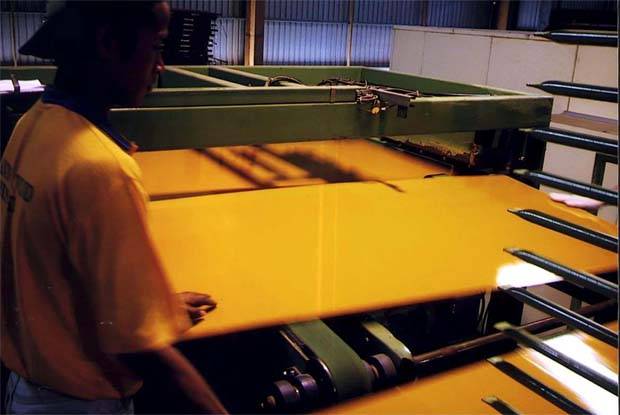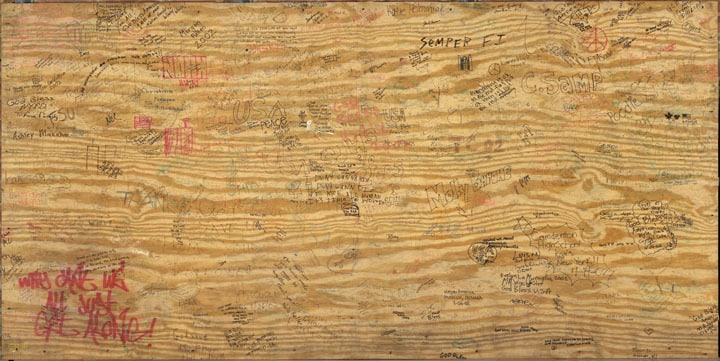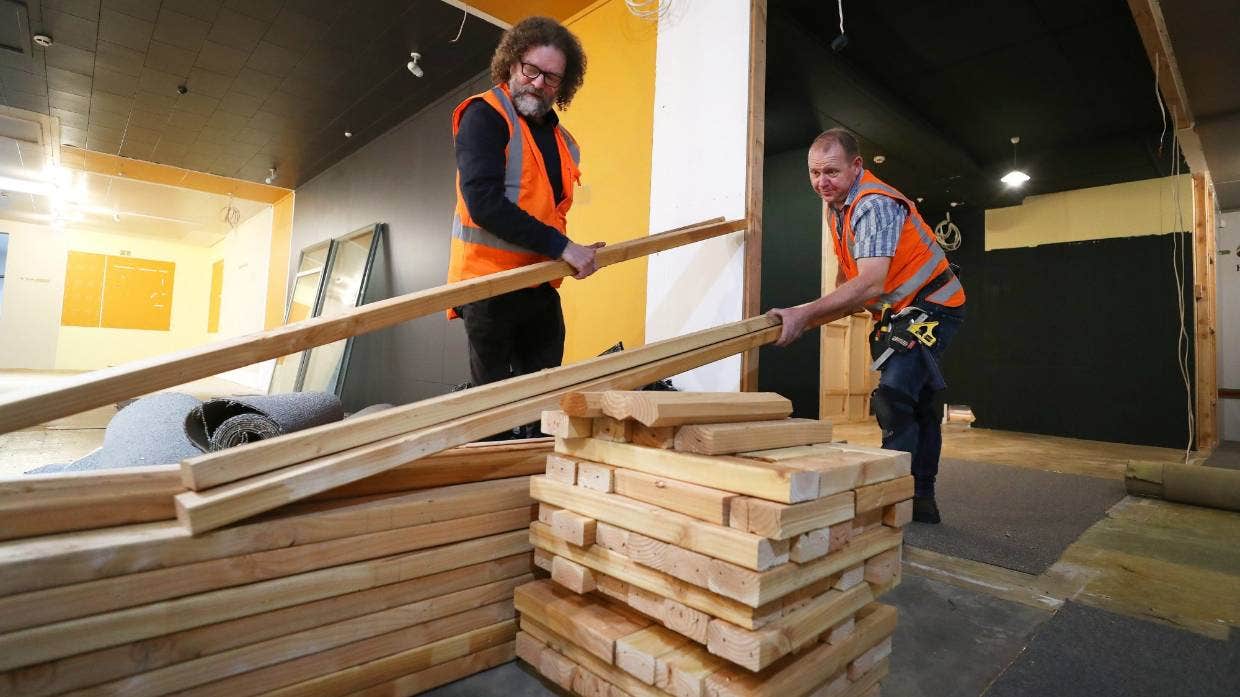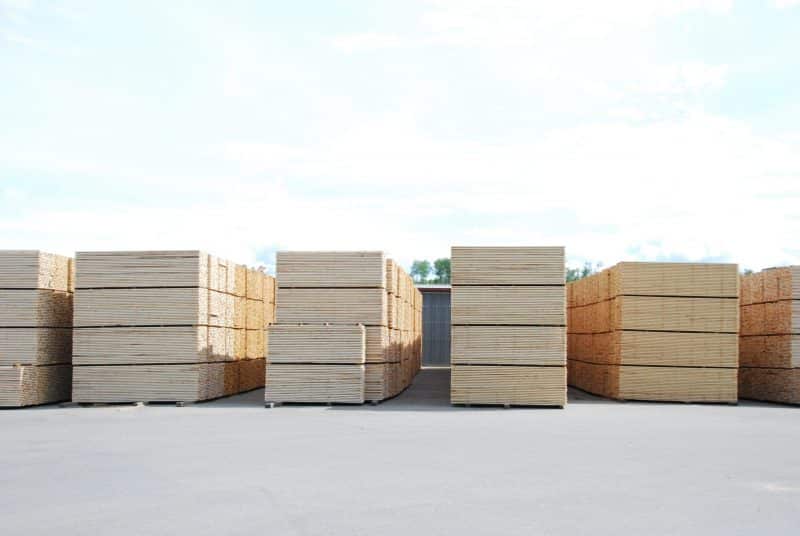

The Star– KUCHING: Malaysian plywood manufacturers, which have been badly hit by the sharp drop in exports to its key market Japan over the past two years, will likely see a trend reversal this year.
Reconstruction activities, following the massive damages done to infrastructure, residential homes and other properties during the recent Hagibis typhoon, are expected to spur demand for tropical hardwood, of which Malaysia is a key supplier.
The Japanese Cabinet approved an extra budget totalling 4.47 trillion yen last month to support the reconstruction efforts and prepare mitigation measures for similar catastrophic events in future, according to Japanese media reports.
Hagibis, the biggest storm in decades that hit Japan in October, was reported to have killed at least 69 people and left trails of damages to properties.
The typhoon sparked landslides and floods.
According to a recent International Tropical Timber Organisation (ITTO) tropical timber market report, the timber trade in Japan is already anticipating a huge demand for wood products.
“This could lead to a rise in plywood imports, which has fallen sharply this year, ” it added.
Japan’s national supplementary budget is reportedly the first such financial package in three years to support reconstruction works to speed up recovery in areas hit by the natural disaster.
The reconstruction work will address damaged roads, bridges, river embankments, homes and farming facilities.
In Sarawak, plywood exports to Japan are already on the rise in October and November last year.
Monthly figures from Sarawak Timber Industry Development Corporation (STIDC) have shown that Sarawak shipped 66,076 cu m of plywood with free on board (FOB) value of RM130.7mil in November against 59,450 cu m (RM122mi)l in October.
The September export was 47.971 cu m (RM98.8mil).
In November, Sarawak exported 95,634 cu m (RM180mil) of plywood to more than 20 countries, of which about 70% went to Japan.
According to Japan Lumber Reports (JLR), Japan’s imports of Malaysian plywood was down to 61,000 cu m in June 2019, which represented a 23.5% decline from the same period in 2018 and was the lowest monthly imports in five years.
This was due to the wide gap between the export and sales prices in the Japanese market.
Sarawak plywood manufacturers have raised the export prices of their products to offset higher production costs brought about by the steep increase in timber premium and rehabilitation and development cess.
The increase, according to Sarawak Timber Association, has raised logs and timber products’ costs by RM110 per cu m, assuming a recovery rate of 50%.
Malaysia has also lost its Japanese market share due to stiff competition from Indonesian plywood manufacturers and Japan’s increased production output of softwood plywood.
Indonesia has significantly gained its market share in Japan at the expense of Malaysia.In June 2019, Indonesia’s plywood exports to Japan was 70,700 cu m.
Leading plywood suppliers such as TA ANN HOLDINGS BHD and WTK HOLDINGS BHD have suffered from Japan’s cut in plywood imports as this has eroded their bottomlines.
In first half of 2019, Ta Ann recorded a 34% drop in the sales of plywood products from a year ago as more than 90% of its exports went to Japan.
WTK said the shrinking plywood export volume to Japan due to “price competition from Indonesian plywood exporters and Japanese domestic plywood supply at lower costs” has adversely affected its timber segment’s earnings.









